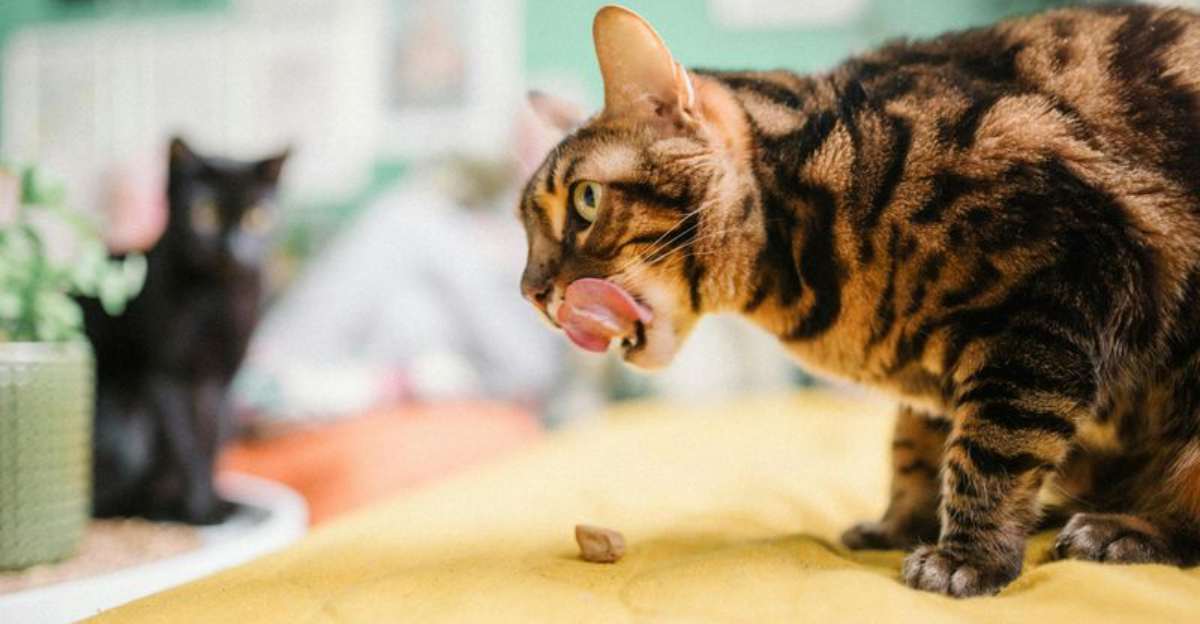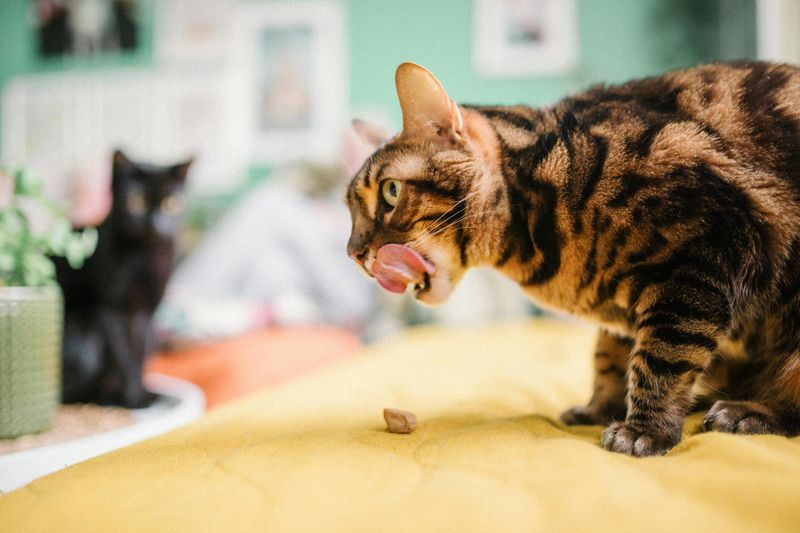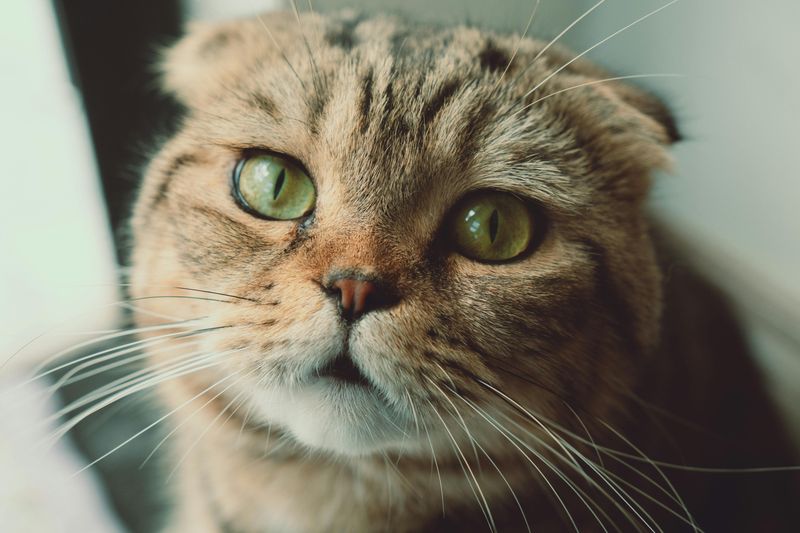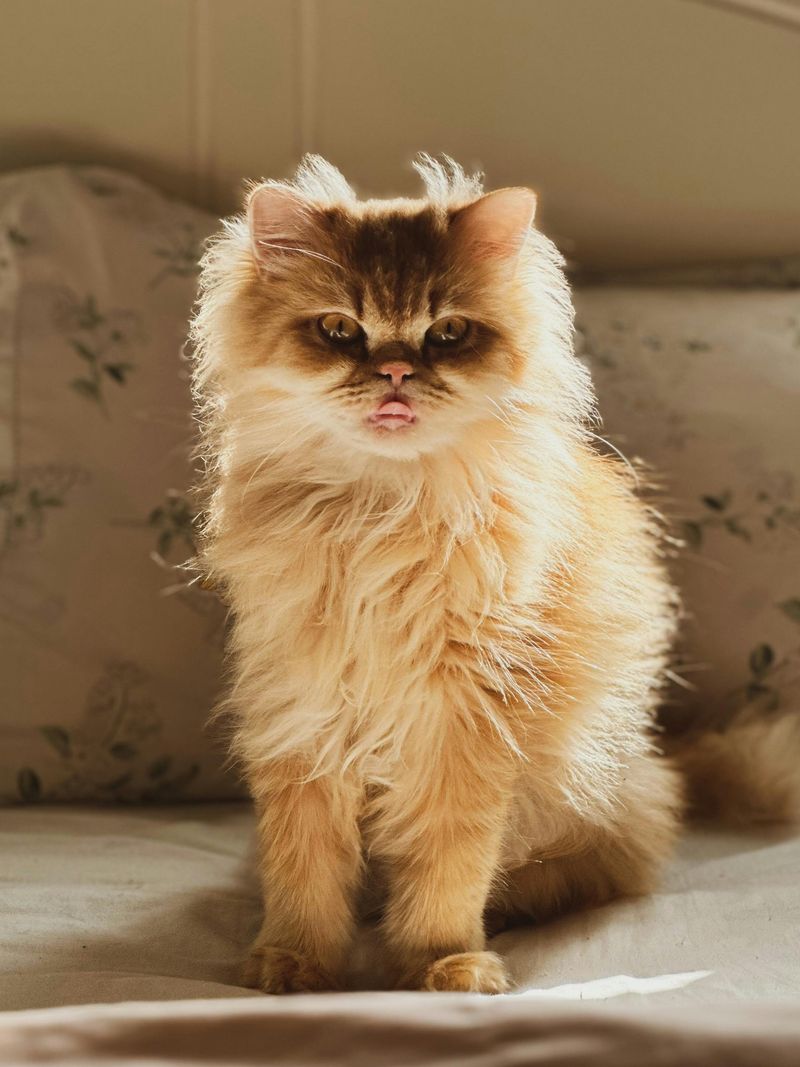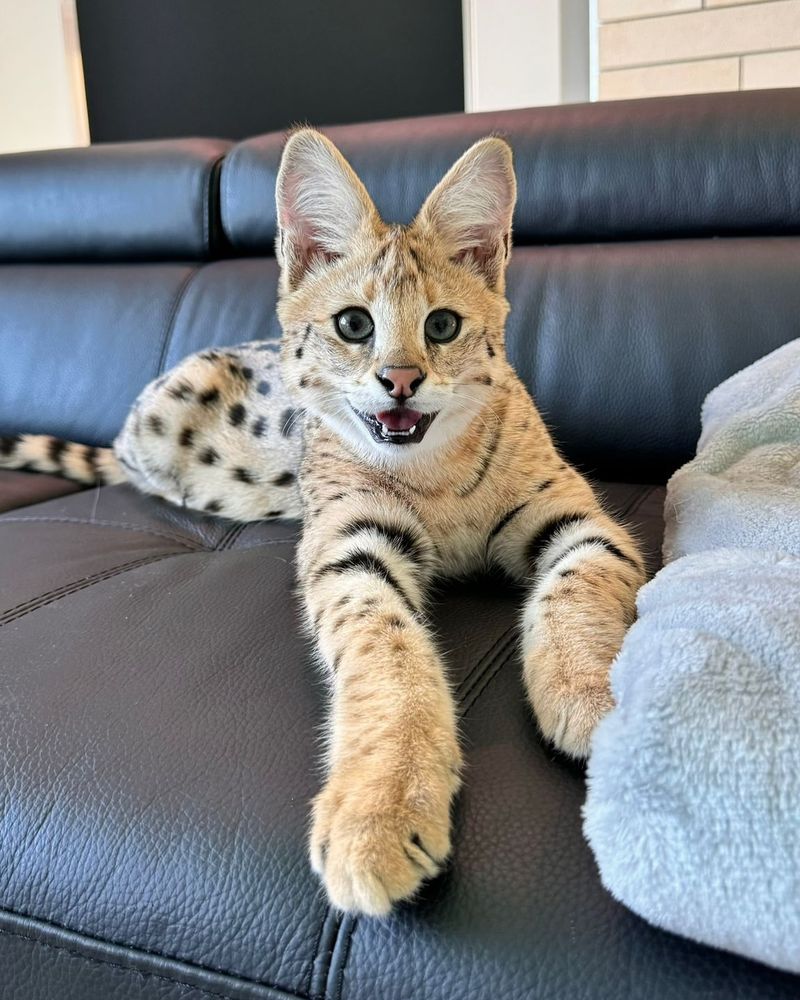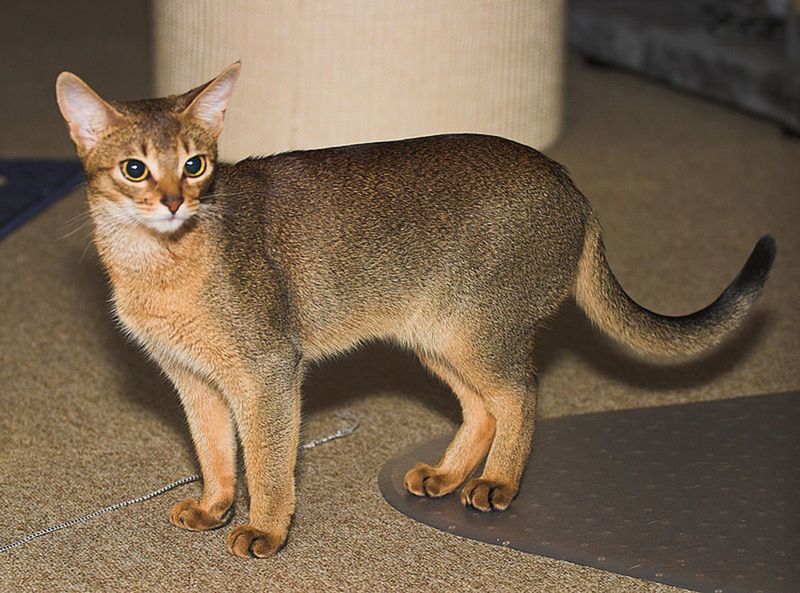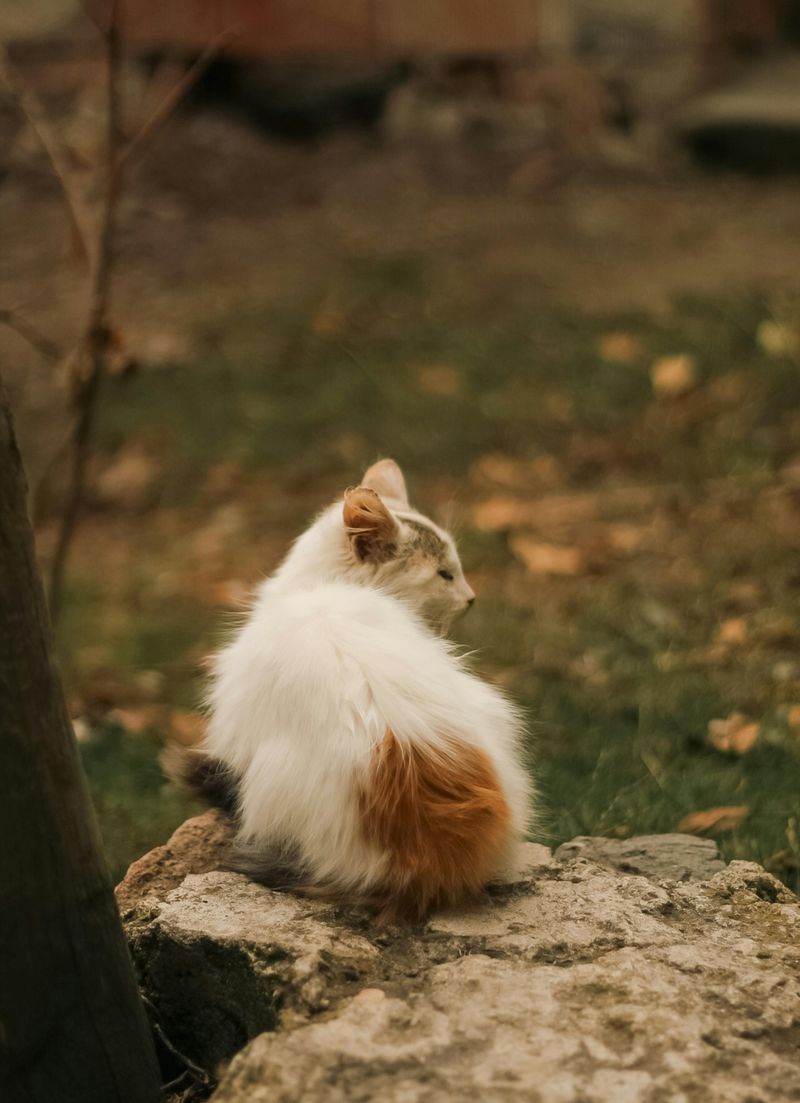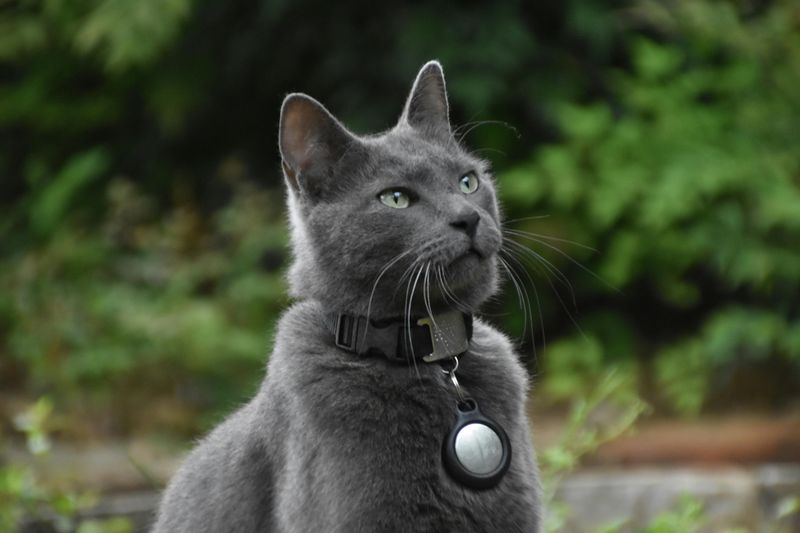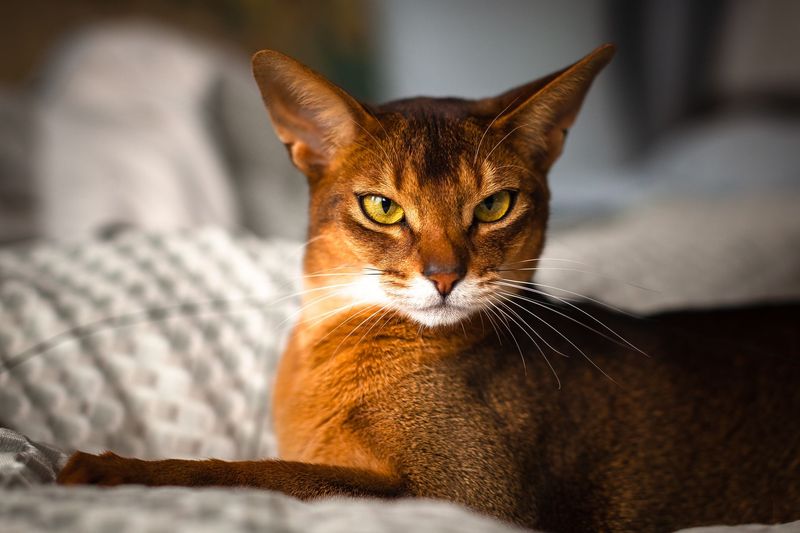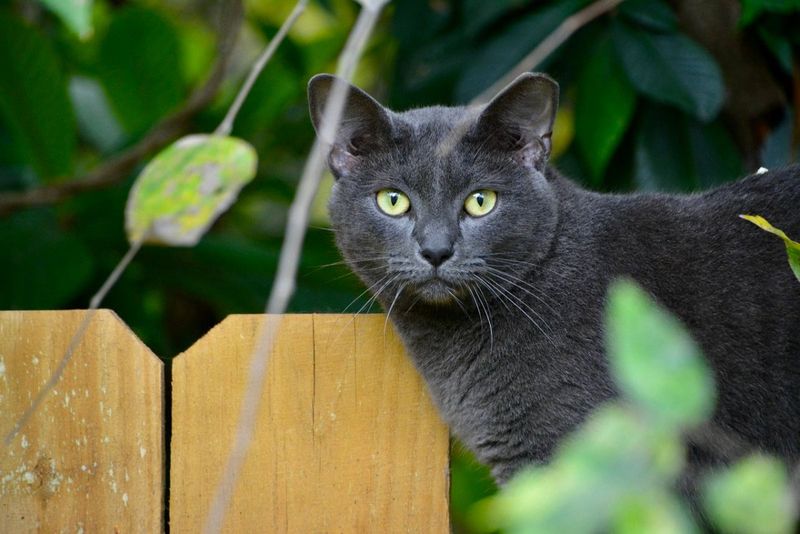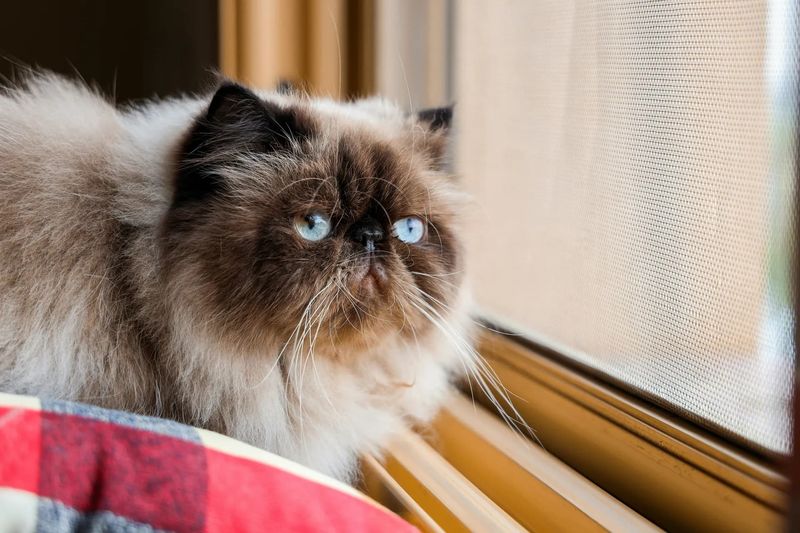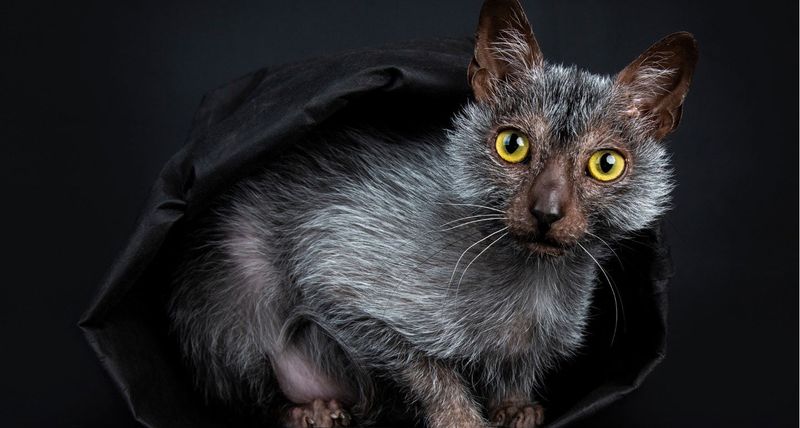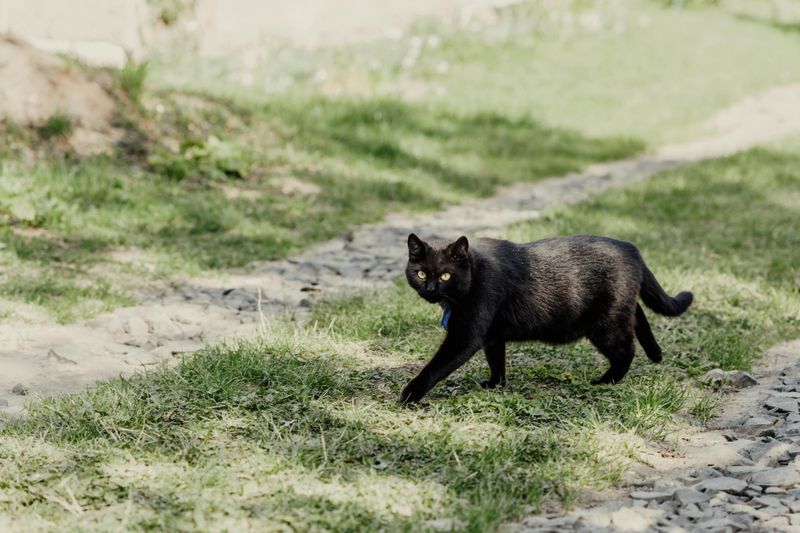📖 Table of Content:
Cats are beloved for their playful and affectionate personalities, but not all breeds thrive in homes with young children. Some cats have specific temperaments that make them less tolerant of rough handling or unpredictable interactions. Choosing the right breed is crucial to ensuring a harmonious environment for both the pet and the family.
Certain breeds may require careful handling due to their independent nature, high energy levels, or sensitivity to stress. These cats might prefer a quieter home or demand more attention and space than a busy household can provide. Understanding their unique traits can help families make informed decisions before bringing a new pet into their home.
This guide highlights 15 cat breeds that may not be the best fit for families with kids. It provides insight into their personalities, care requirements, and potential challenges in a household with young children. By considering these factors, families can ensure they choose a pet that aligns with their lifestyle and creates a positive experience for everyone.
1. Siamese
Siamese cats are known for their striking appearance and vocal nature. This breed demands attention and can become stressed if not given enough interaction. Families with children should be aware of their sensitivity to noise and commotion. These cats thrive in calm environments where their intelligence can be nurtured through play. While affectionate, they have been known to express frustration vocally and physically if overwhelmed. Introducing Siamese cats to children requires careful supervision and teaching kids how to interact gently. With patience, they can become loving companions.
2. Bengal
With their striking wild appearance, Bengal cats are undeniably captivating, but they come with demanding needs. Their high energy levels require plenty of stimulation and active playtime to keep them satisfied. Without proper engagement, they may become restless and exhibit behaviors that can be challenging for families. Children should be taught how to interact gently with Bengals, as their intense play can sometimes lead to scratching or biting when they get overexcited. While not inherently aggressive, their boundless enthusiasm may be too much for young kids to handle. Setting boundaries and supervising playtime can help ensure safe and positive interactions.
3. Scottish Fold
Scottish Folds are renowned for their distinctive ears and sweet demeanor. However, they can be shy and reserved, especially in bustling households. Their calm nature may not always mesh with energetic children, and sudden movements can startle them. They prefer gentle, quiet environments where they can feel secure. Families should teach children to approach them softly, allowing the cat to initiate interaction. With time, they often become affectionate companions who enjoy the company of family members.
4. Sphynx
These cats love attention and thrive in interactive homes. However, their sensitive skin requires special care, making them less suitable for rough play. Even though they are social butterflies and enjoy being the center of attention, their need for warmth and gentle handling is paramount. Educating children on how to handle them with care is essential. Providing cozy blankets and warm resting spots can enhance their comfort. Sphynx cats can become beloved family members with the right approach.
5. Persian
Known for their luxurious coats and gentle demeanor, Persian cats thrive in a calm environment. Their long fur requires frequent grooming, which can be a time-consuming commitment for owners. A peaceful setting suits them best, as they may struggle with the noise and unpredictability of young children. Their preference for tranquility makes them less suited for overly active households. Families should be mindful of their grooming needs.
6. Savannah Cat
The Savannah cat, a cross between a domestic cat and a serval, is known for its adventurous spirit and striking appearance. This breed requires ample space and mental stimulation due to its wild ancestry. Their energetic nature makes them more suited for families with older children who can respect their need to roam and explore. They can be cautious around unfamiliar faces.
7. Chausie
Their intelligence and curiosity drive them to engage in activities that require ample space. Playful yet intense, they may not always be the best match for young children without supervision. Mental stimulation through puzzles and interactive toys is essential to keep them content. Providing the right environment allows them to embrace their adventurous nature while maintaining a strong bond with their owners. Though independent, they enjoy companionship without feeling confined.
8. Turkish Van
Turkish Vans are unique for their affinity for water and active personalities. This breed is playful and enjoys interactive games that allow them to express their enthusiasm. Their lively nature means they require ample engagement and supervision during playtime with children. Young ones should be taught to respect their space, especially when the cat chooses to retreat. Accommodating their love for water can be a fun experience for families. Providing opportunities for them to play safely in controlled water environments can be both entertaining and fulfilling for this rare breed.
9. Russian Blue
Known for their stunning blue-gray coats and shy nature, Russian Blues tend to be reserved around strangers. They thrive in calm, stable environments and can be sensitive to disruptions. Their quiet demeanor may not suit homes with energetic children, as they prefer serene settings where they can observe from a safe distance. Once they adapt, Russian Blues can offer quiet companionship, often choosing one person to bond closely with in the family.
10. Abyssinian
Agile and inquisitive, Abyssinians are known for their love of heights and exploration. Their high energy levels require a stimulating environment to keep them entertained. Without enough attention, they may become bored and engage in mischievous behavior. Providing climbing structures or shelves helps satisfy their curiosity and prevent restlessness. Supervision is important when they interact with young children, as their playful nature can be intense. When given proper enrichment, Abyssinians thrive as joyful and lively companions.
11. Korat
Korat cats, with their striking appearance and soft fur, are known for their affectionate yet cautious nature. They often form strong bonds with their owners but may be wary around new people. Their preference for quiet, predictable environments makes them less suited for chaotic homes with young children. They value security and may hide if they feel threatened. Introducing them to new situations should be done gradually, allowing them to adjust at their own pace. Once comfortable, they are loving companions who enjoy the serenity of a peaceful home.
12. Oriental Shorthair
Their social nature requires regular interaction to prevent loneliness. While they enjoy playtime, their slim, delicate build means rough handling should be avoided. They appreciate toys and games that challenge their intelligence, keeping them entertained. Providing plenty of attention and affection can make them content members of the family, thriving in environments where they feel included and loved.
13. Himalayan
The Himalayan, a cross between a Persian and a Siamese, combines beauty with a distinct personality. They require regular grooming due to their long, luxurious fur. Their serene disposition may clash with the energy of young children, making them better suited for quieter homes. They appreciate gentle interaction and can become stressed in chaotic environments. Families should be mindful of their need for peace and regular grooming sessions.
14. Lykoi (Werewolf Cat)
With their distinctive “werewolf” look, Lykoi cats are intelligent and naturally curious. They thrive on interactive play but can be cautious in unfamiliar situations or around new people. Their sparse coats make them sensitive to cold, requiring warmth and gentle handling. Providing mental stimulation helps keep them engaged and content. Gradual introductions to children are essential, ensuring their boundaries are respected. Once they feel secure, Lykoi cats develop strong bonds and offer unique companionship.
15. Bombay
With their sleek, panther-like appearance, Bombay cats are both affectionate and confident. Their energetic nature requires regular interaction, making them engaging companions. While sociable, they may not respond well to rough play, so gentle handling is essential. Encouraging children to respect their space helps maintain a peaceful relationship. Keeping them stimulated with toys and activities prevents boredom and promotes happiness. Bombays flourish in homes where they feel included, enjoying the presence of their family.
